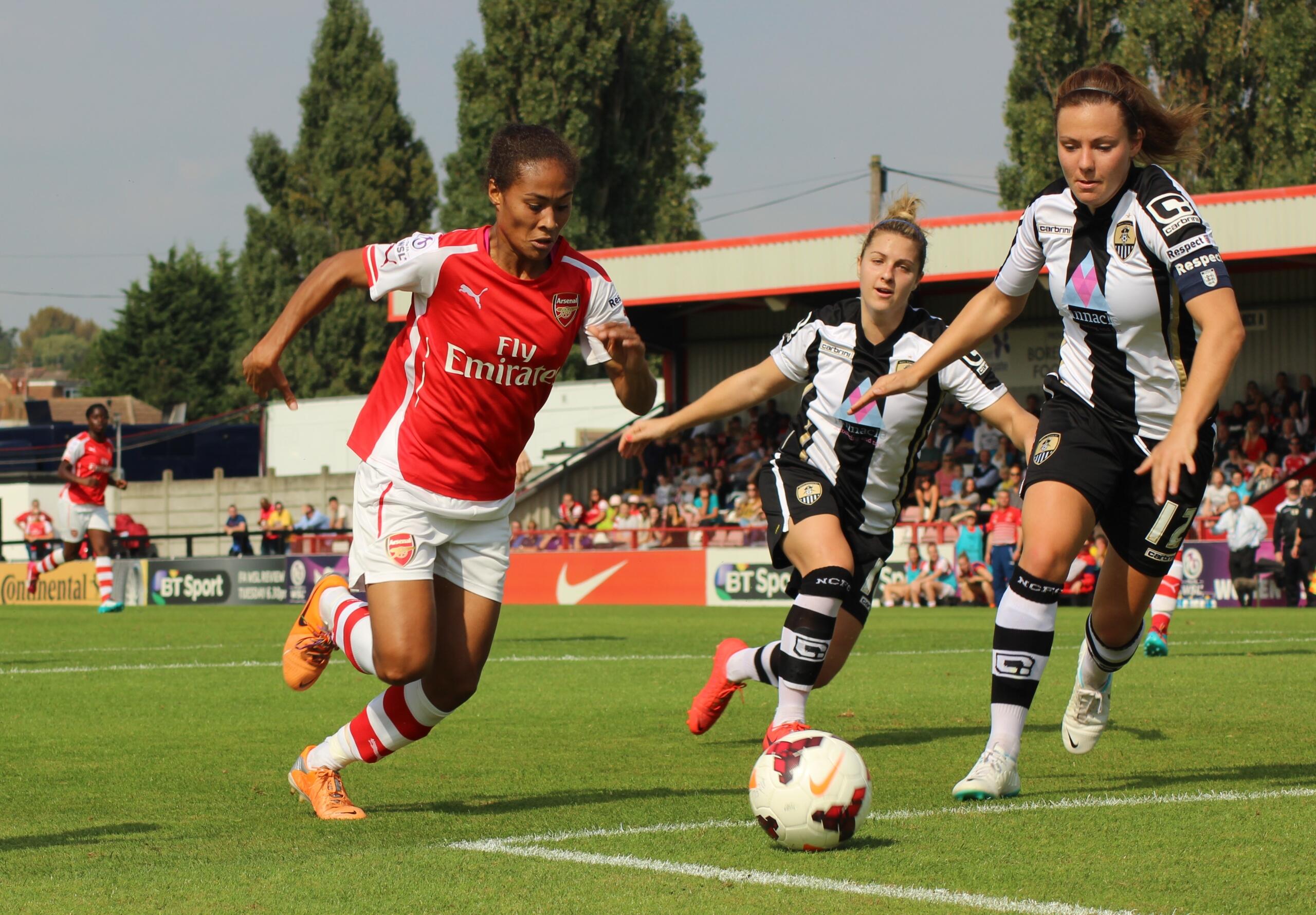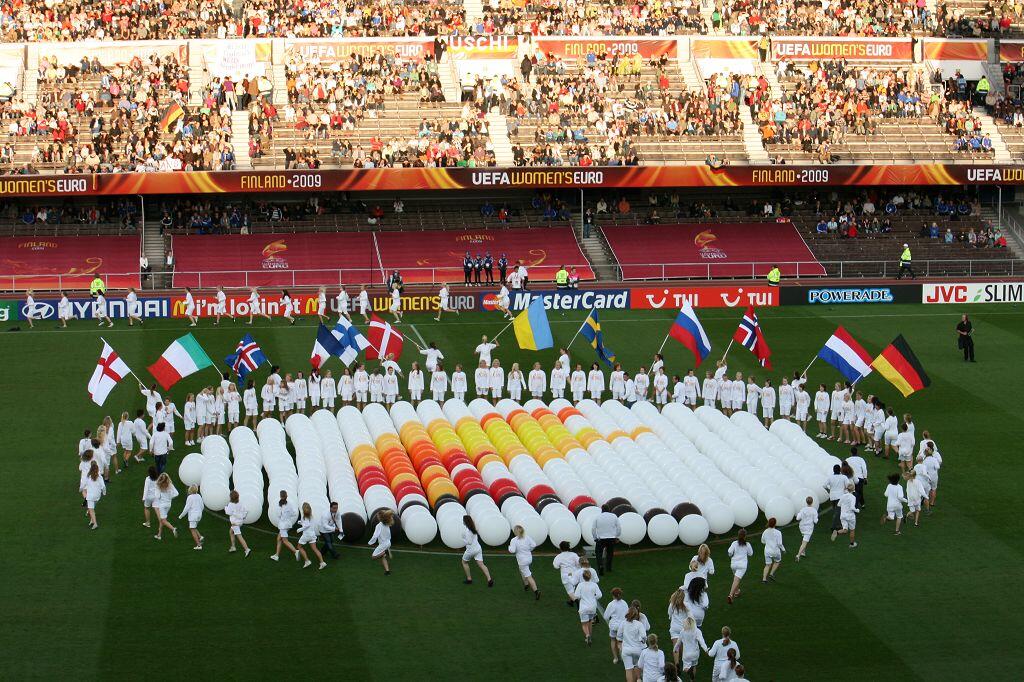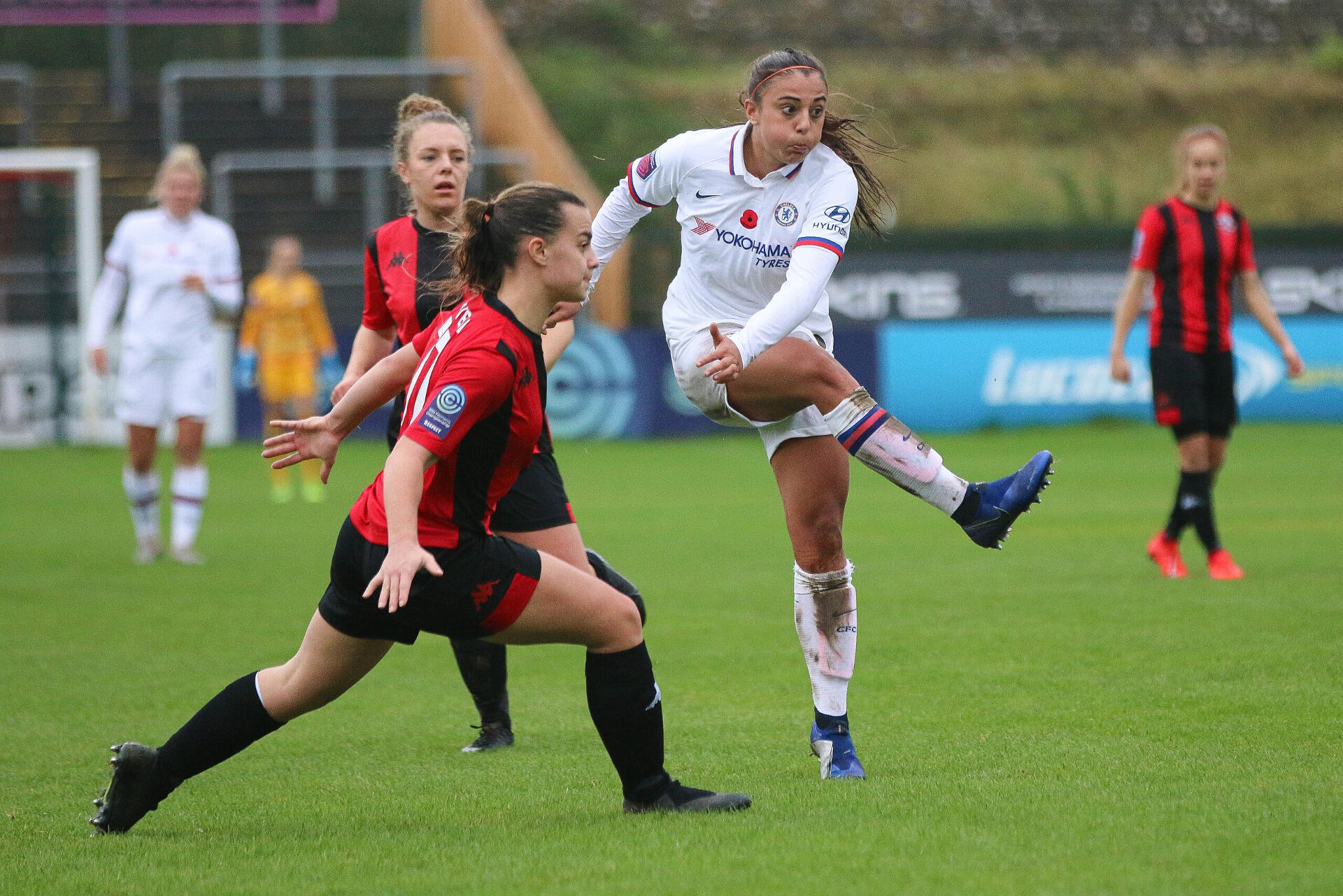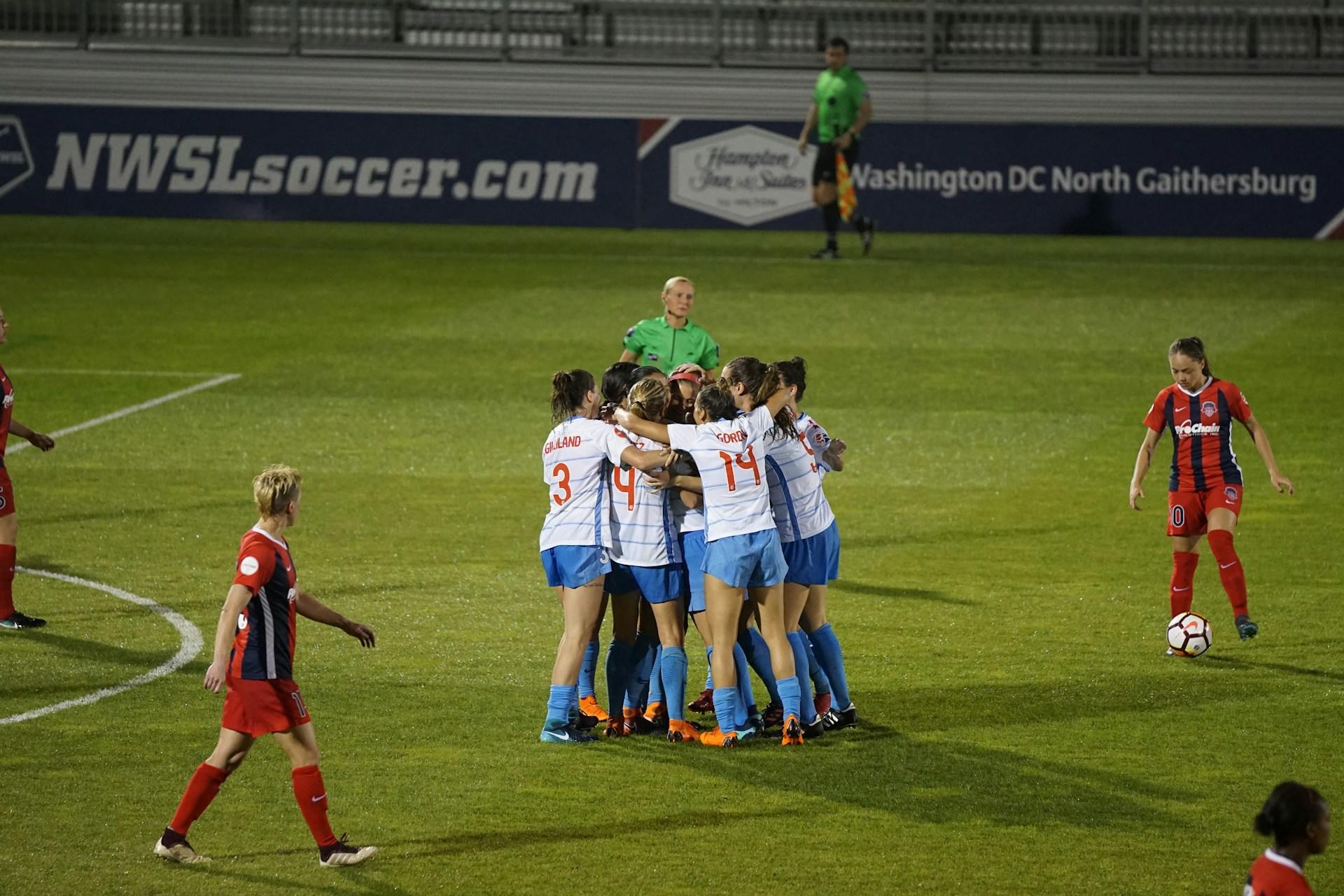Over the years, women's football has undergone a pretty remarkable change - once pushed to the sidelines in favour of the men's game, it has now begun to increasingly capture national attention both in the UK and abroad. Across the country, millions of young girls are playing the game at grassroots and academy level, inspired by the world-class talent displayed by England's Lionesses and various players of the Women's Super League. Let's take an in-depth look into how women's football has developed in England, how it compares across Europe, and the reason why its popularity is increasing to rise so drastically year after year.
Key Takeaways
- Development - Women's football in England has grown massively since 2011, supported by the FA and club investment.
- Domestic League - The Women's Super League is now a professional league, drawing bigger crowds and international viewers season after season
- European Context - English clubs like Chelsea and Arsenal have become serious contenders in Europe, regularly challenging dominant teams such as Lyon and Barcelona
- Star Players - England's various top players like Lucy Bronze, Alessia Russo, and Lauren James have become household names as well as leaders on the international stage
- Infrastructure - while training facilities, coaching staff, and the development of youth have improved significantly in recent years, pay gaps and resource imbalances are unfortunately still part of the picture
- Tournaments - having won Euro 2022, the Lionesses now have their sights set on the 2025 tournament.

Women's Football in the UK and Europe
Women's football in the UK has a rather complicated past. While women did indeed play the game as early as the 19th century (famously during the First World War, where they drew spectacular crowds), the Football Association banned women's matches from league-affiliated pitches in 1921, unfairly deeming it "quite unsuitable for females". This ban wouldn't be lifted until 1971, half a century later!
Across the sea in mainland Europe, the picture was depressingly much the same. Various European countries, including Germany, Belgium, and Denmark, would all impose their own bans and restrictions on women's football up until the 1970s.

Fortunately, since the 1990s, things have taken a positive and much-needed turn in the right direction. In England, the formation of the Women's Super League (WSL) in 2011 marked the beginning of a new professional era supported by the FA and slowly embraced by Premier League-affiliated clubs.
Likewise, UEFA itself only began formally recognising the women's game in the early 1980s. After decades of indifference, the launch of the UEFA Women's European Championship in 1984 marked a substantial change. For the first time in history, national teams across Europe had their own structured continental competition.
The Dick, Kerr Ladies, based in Preston, were one of the most famous women's football teams in the world in the 1920s. They regularly drew over 25,000 spectators - until the FA's ban shut them (and the entire sport) out of mainstream football
UEFA Women's Champions League: How England is Making Waves
For a long time, the UEFA Women's Champions League was dominated by elite clubs like Lyon and Wolfsburg. However, English teams have begun to steadily close the gap. For example, Arsenal made it to the final in 2007 and returned to the semi-finals in 2023 with a younger, sharper squad. Meanwhile, Chelsea managed to reach their first final in 2021 and have since become regular fixtures in the knockout rounds.
📅 Timeline: The rise of Women's Football in England
1921
FA bans women's football on affiliated pitches
1971
The ban is lifted and women return to league grounds
1993
Women's FA Cup and National League System were introduced
2011
Women's Super League (WSL) officially launches
2022
England Wins UEFA Women's Euro at Wembley
2023
Chelsea and Arsenal both reach UWCL semis, WSL viewership peaks
2025
UEFA Women's Euro hosted in Switzerland, breaking records
Women’s Football Leagues and Competitions
The structure of women's football has developed rapidly in recent years, but it still isn't as widely understood as the men's system. With more fans following the Women's Super League, the Champions League, and various international tournaments like the Euros, it helps to know how everything fits together. This section lays it all out for you.
The Domestic League in England

England's women's football league system is essentially made up of three main tiers, with promotion and relegation linking them. The top tier, the Women's Super League (WSL), is fully professional, while the levels below also include a mix of pro and semi-pro clubs.
| Tier | League | Professional Status | Notable Clubs |
|---|---|---|---|
| Tier 1 | Women’s Super League (WSL) | Fully professional | Arsenal, Chelsea, Manchester United |
| Tier 2 | Women’s Championship | Semi-professional | Sunderland, Crystal Palace, Southampton |
| Tier 3 | FA Women’s National League (North & South) | Semi-pro / amateur | Newcastle United, Watford, Wolves Women |
promotion and relegation work much like they do in the men's game - teams move up or down depending on where they finish in the table. For example, the bottom-placed team in the WSL will be relegated to the Championship, while the winner of the Championship moves up - provided they meet the licensing standards set by the WSL.
The UEFA Women's Champions League Explained
The UEFA Women's Champions League (UCWL) represents the pinnacle of European football. Each season, the top two or three teams from the Women's Super League qualify for UCWL.

Clubs from across Europe all compete for the title, and in recent years, English teams such as Chelsea and Arsenal have closed the gap on powerhouse teams like Barcelona, Lyon, and Wolfsburg.
From the 2025 - 26 season, the UWCL will be changing to an 18 league phase format - expanding the group stage and introducing a new Europa Cup-style qualification route.
UEFA Women's Euro

The Women's Euro is UEFA's top international tournament for national teams and is held every four years. Sixteen teams qualify via group stages and playoffs, with matches taking place over a month-long summer tournament.
In 2022, the Lionesses won their first Euros title in front of a packed Wembley Stadium, beating Germany 2-1 after extra time. Since then, interest in the women's game has exploded, and fans are eagerly hoping they'll secure a second title at the next Euro tournament (currently being played in Switzerland at the time of writing).
FIFA Women's World Cup
You'd have to be living under a rock not to have heard of the FIFA Women's World Cup. Regarded as the biggest tournament in the sport, it brings together the best national teams from all over the world and is run every 4 years.

While England has yet to win the World Cup, they've come exceptionally close, reaching the final where they lost against Spain 1-0 in 2023.
Who Are the Star Players Driving the Game Forward?

It's easy to talk about progress in terms of stadiums, sponsorships or TV deals - but the real shift in women's football has largely been driven by the personalities of the players themselves. Their skill, their consistency, and the way they carry the game forward have had a massive effect on how people watch and talk about football both in England and Europe. Let's take a closer look at some of the women's games' most famous women's football stars below:
🇬🇧Top UK Players
🌍 Top European Players
What's Next For Women's Football?
After years playing catch-up, women's football has finally stepped out of the shadow of the men's game. However, that doesn't mean there isn't still a lot of work to do. While the growth of the game has been exceptional, with packed stadiums and record TV audiences being recorded, plenty of challenges remain around infrastructure, investment, and consistent visibility outside of major tournaments.

What's Changing in Women's Football?
| Area | Why It Matters |
|---|---|
| More TV Coverage | Sky Sports, BBC and others are showing more games which means more fans can follow the action. |
| Better Youth Training | Programmes like the FA’s Emerging Talent Centres are helping more girls train seriously from a younger age |
| Big Clubs Stepping Up | Top men’s clubs like Newcastle and Aston Villa are now investing properly in their women’s sides. |
| Equal Pay Push | National teams across Europe are fighting for equal bonuses and match fees |
If the next five years are anything like the last five, women's football will only get stronger - on and off the pitch. The challenge now? Making sure the game still keeps growing for every level, not just the premier clubs.
Three Big Challenges Still Holding Back the Women's Game
Pay and Conditions
Wsl wages have improved, yes, but there's still a sizable gap compared to the men's sport. Many Championship-level players are forced to remain part-time
Facility Access
While top clubs now offer strong facilities to their players, others still train in lower-tier clubs, which can negatively affect things like performance and development
Year-Round Visibility
Though interest spikes during major tournaments, regular season matches don't always receive consistent coverage or promotion


















